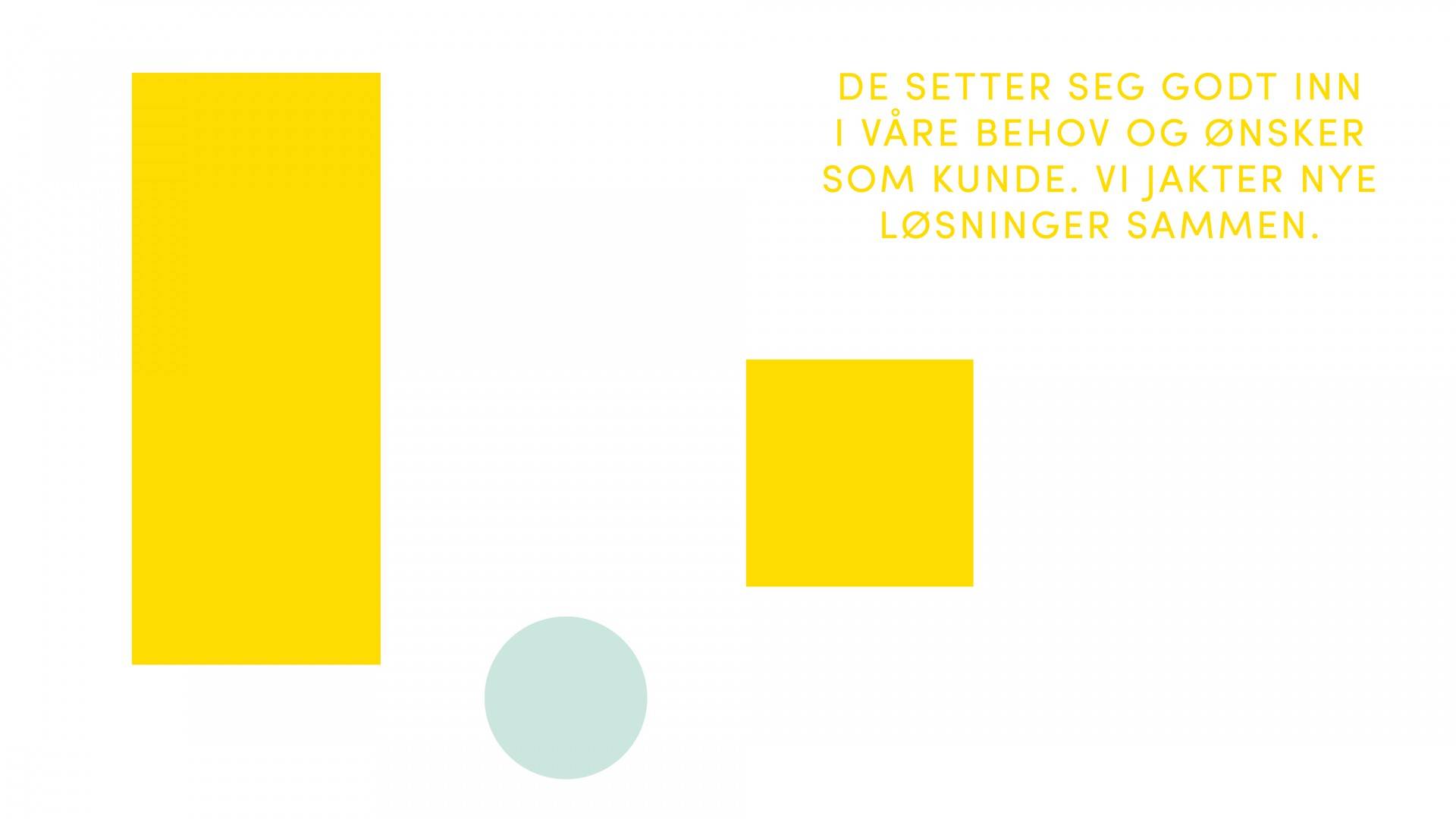
Plasto og Glamox har hatt et langvarig partnerskap
The collaboration between Glamox and Plasto goes way back. We know each other well; our relationship has developed over many years as customer and supplier, partners in research projects and contributors to the cluster network. I strongly believe our collaboration has been mutually beneficial. The Glamox group is a global industrial success story that originated in Molde.
– They really get to the bottom of our needs and demands as a customer. We work together to find new solutions. Plasto has been an active contributor, helping us develop both products and production processes. This has contributed to increasing the competitive advantages for both of us, Knut Rusten at Glamox explains.
– Plasto’s customer perspective is a distinguishing characteristic of theirs. They really get to the bottom of our needs and demands as a customer. We work together to find new solutions. Plasto really excels at this.
Rusten also emphasizes Plasto’s willingness and ability to adapt in response to new demands.
– There was really no way around automating production; it was absolutely necessary to maintain profitability. The amount of manual work and total labour costs had to be reduced. Plasto’s restructuring process in the 2000s is really quite impressive, the Glamox vice president says.
– What, if anything, may be Plasto’s Achilles’ heel, from your perspective?
– There is always a risk of spreading yourself too thin. If you try to do too many things at once, you risk not being able to focus enough on your core activities. I’m not saying that is the case here; I’m just saying it might be a risk. There is, however, also a certain element of risk attached to being too focused on a small number of customers and networks. Plasto’s history shows this aspect as well.
– It is important to strike the right balance. I believe that’s exactly what Plasto has done. They are moving forward, focusing on research and innovation, and they maintain a considerable network of contacts in these fields, Knut Rusten concludes.